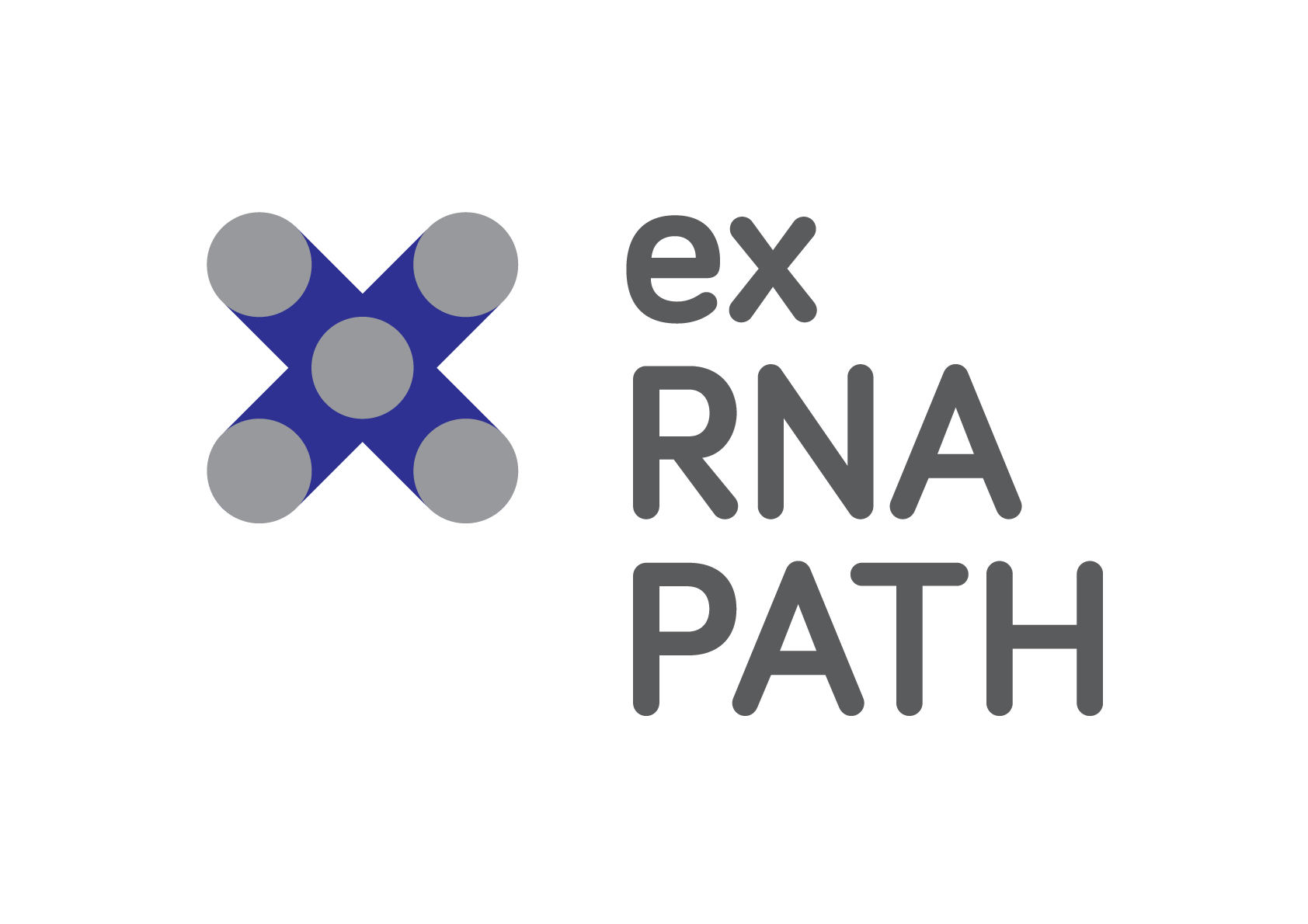Working Group Description
| Number | WG2 |
| Title | Functional units and mode of actions of exRNA in communication |
| Leader | Esther Nolte-‘t Hoen (ENH) |
| Rationale & Objectives |
| A major knowledge gap in the exRNA field is a deeper understanding of exRNA functions, molecular mechanisms and their critical roles in biological systems. An obvious challenge here is to grasp the functional exRNAs out of large-scale sequencing data, a crucial step to transit from pure descriptive data towards an understanding of the fundamental functional and mechanistic aspects in exRNA communication. exRNA-PATH focuses on gaining knowledge on exRNA functions and the mechanistic aspects involved in exRNA communication in model and non-model organisms with emphasis on host- pathogen interactions. WG2 will therefore coordinate access to key technologies and know-how needed to advance mechanistic insights into exRNA communication (RSOB2). |
| Tasks & Activities |
| · Run a wiki instance on the exRNA-PATH webpage to exchange knowledge on the different functions and mechanisms of exRNA communication in different biological systems as well as structural information on exRNAs operating in host-pathogen interactions. · Provide calibration of molecular tools and experimental set-ups to investigate functional exRNAs and RNA carriers in diverse biological systems. · Support implementation of valid standards and controls to ensure specificity and sensitivity during analysis of exRNA function and to ensure a comparative view of functions and mechanisms of · exRNA communication across diverse biological systems. · Organise 2 WG meetings per year (online or in-person), 1 mid-term review, 1 training workshop on NGS data analysis and integrated data management, as well as 2 STSMs/year. |
| Execution & Membership |
| · Experts in host-microbe/host-pathogen systems (including viruses) studying functional roles of exRNAs, those developing molecular tools to analyse effectiveness of exRNAs in cells and organisms, and those interested in understanding the molecular mechanisms of exRNA. · Collaborate with WG1 to define hypothesis-driven experiments for investigating candidate exRNAs functional roles and mode-of-action, with WG3 to inform on candidate exRNAs as well as related functions/mechanisms to interfere with, and with WG4 to coordinate communication and dissemination with the stakeholders and the open public. |
| Milestones (M) & Deliverables (D) | |
| M3 | Release an instance on the exRNA-PATH webpage to exchange data as well as share knowhow and research ideas. |
| M4 | Release a road map for defining the complexes in which the exRNAs operate (e.g. RNA-binding proteins, ribonucleotide complexes, EVs) and their modes of action in diverse biological systems. |
| M2 | The mid-term review to map progress of WG2. |
| D4 | Report on knowledge-based information on the function and mode-of-action of exRNA communication in diverse biological systems that will support decision-making of interfering strategies. |
| D5 | Publish position papers on minimal requirements and information for functional analysis of exRNA. |
| D3 | Joint publication with all WGs: reports on data resources, analysis guidelines, original case- studies and reviews in open access journals. |

